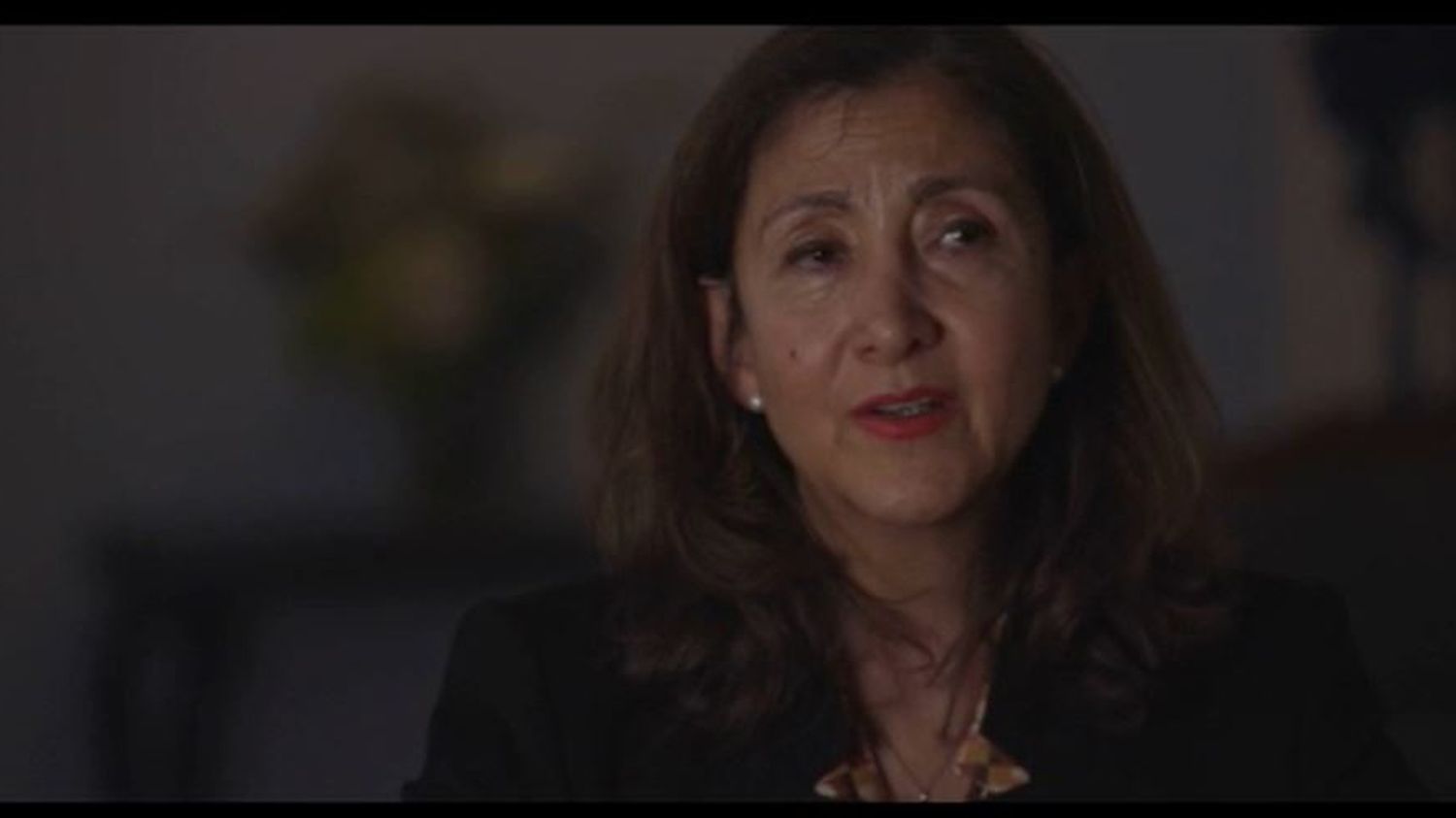Published
Video length: 3 min
The difficult cohabitation of captive hostages in Colombia
A documentary, “Colombia: impossible peace – words of hostages”, traces the history of the Farc and details the conditions of captivity of their hostages.
(press cap)
While the country is once again experiencing an upsurge in violence, the documentary “Colombia: confiscated peace – Word of hostages”, broadcast Sunday evening on France 5, looks back on the dark years of the guerrilla war, particularly through the story of former prisoners, including the Franco-Colombian Ingrid Betancourt.
In 2002, the world discovered the existence of the Farc, who had just kidnapped Ingrid Betancourt, a Colombian presidential candidate. These Revolutionary Armed Forces of Colombia, considered by the United States and the European Union as a terrorist group, led a violent guerrilla war against the country’s government at the time.
This organization has great needs to arm and maintain its fighters and mainly draws its resources from drug production and trafficking, but not exclusively. Many other activities provide him with significant means: exploitation of gold and precious stones, extortion, profits from legal businesses run by nominees and above all kidnappings for ransoms.
The documentary Colombia: peace confiscated – Word of hostages, directed by Julie Peyrard and Christophe Astruc, is broadcast on Sunday April 14 at 9:05 p.m. on France 5. The film traces part of the history of this armed group, thanks to testimonies from former guerrillas who tell the story of this terrorist movement from the inside . But he also places himself on the side of the hostages, like the Franco-Colombian Ingrid Betancourt, detained for more than six years and who describes her conditions of captivity in the jungle and the difficult cohabitation with the other prisoners.
“We don’t want them here!”
Marc Gonsalves, who testifies in the documentary, was employed, at the time, by a private American military company which collected information on narcotics. Based in Bogota, it is responsible for monitoring the production and transport of cocaine. Most of this drug, which floods the world, is largely controlled by the Farc in 2003. During a reconnaissance mission with his colleagues, he flies over the jungle in a plane, until the plane, victim of a sudden engine failure, crashes. All the passengers emerge miraculously unharmed, but they are immediately captured by the Farc.
“After a year of captivity, the Farc took us out of isolation and took us to a large camp (…) It looked like a Nazi concentration camp. There were barbed wire, towers of surveillance, guards with machine guns and people inside the fence.”
Marc Gonsalves, former Farc hostageIn the documentary “Colombia: peace confiscated – Word of hostages”
The jailers bring the group of captives into an enclosure intended only for civilians. A woman then intervenes when they come. “A hostage approached the door, says Marc Gonsalves, and she said: ‘No, no, no, we don’t want them here, there’s no room!’ It was Ingrid Betancourt, the politician, candidate for the Colombian presidency.” From then on, tensions will arise between this group of Americans and the Franco-Colombian.
“When we’re hungry, we’re hungry, Ingrid Bétancourt defends herself in the documentary. We start fighting over totally absurd things. Why is this one going to have more food than the other? While we are all hungry. Why is so-and-so going to get the guard to lend him his machete and why not the others?” Antagonisms linked to particularly difficult living conditions and which reveal an inglorious side of humanity.
“A conflict can come out of anything and everythingrelates John Franck Pinchao, former police officer and Farc hostage from 1998 to 2007. Because an inmate left his clothes to dry under the only available ray of sunlight (…) It quickly becomes hell. You would expect there to be more brotherhood and solidarity among the hostages, but there were sometimes arguments.” According to Ingrid Betancourt, the combatants voluntarily provoke these conflicts between captives: “I think it was a bit manipulated by the Farc to put us in rivalry”.
The tainted image of the Betancourt hostage
But the attitude of the former Colombian presidential candidate during his captivity will be harshly criticized a few months after his release, on July 2, 2008.. She was considered a true icon throughout the world at the time. But very quickly, the legend cracks and the image of this “pieta” tarnishes. Ingrid Betancourt is next attacked in a book published by three of his former companions in misfortune, including Marc Gonsalves. It is described in particular as “haughty, selfish” by the former American hostages. “We didn’t have not the same concept of captivity, Ingrid and I”, he confides.
In 2016, peace agreements were reached between the Farc and the Colombian government. The members of the organization lay down their arms. A facade of appeasement, because other guerrilla groups continue their armed struggle in the country. In recent years, tensions have increased and, in 2023, more than 200 people were kidnapped. A figure which has increased by 72% in one year, according to the Colombian Ministry of Defense. An explosive situation due to political polarization and extreme poverty.
The documentary Colombia: peace confiscated – Word of hostages, directed by Julie Peyrard and Christophe Astruc, is broadcast Sunday April 14 at 9:05 p.m. on France 5 and on the france.tv platform
